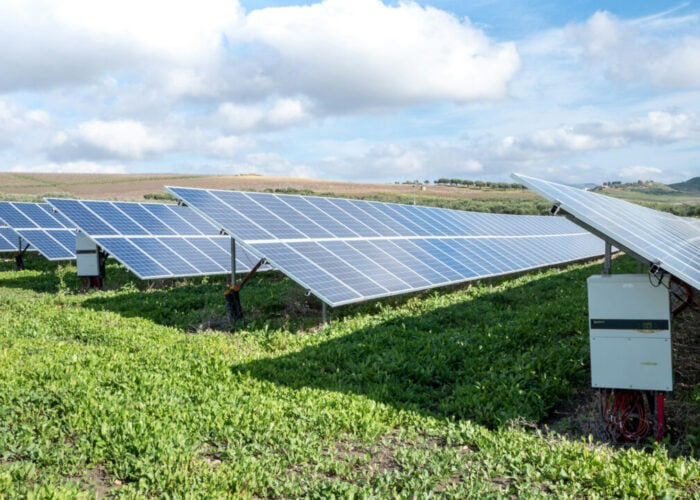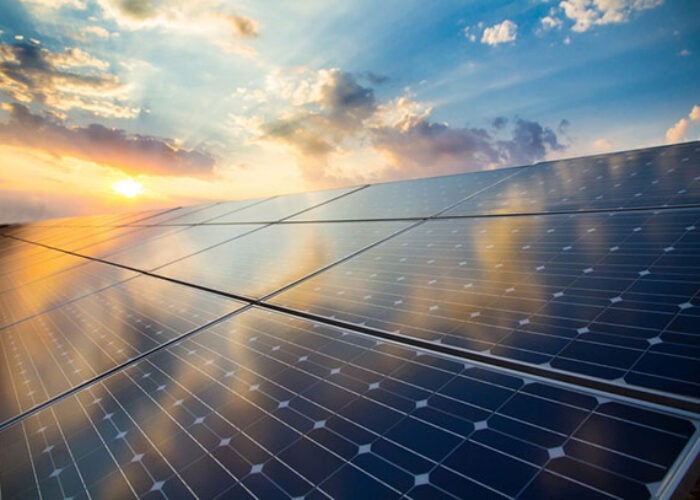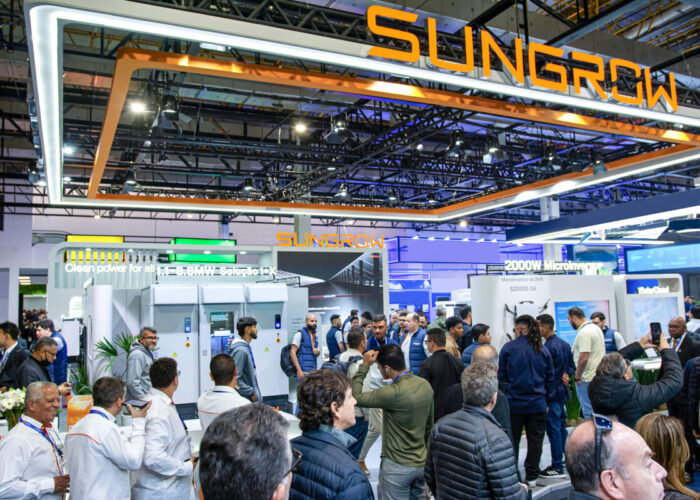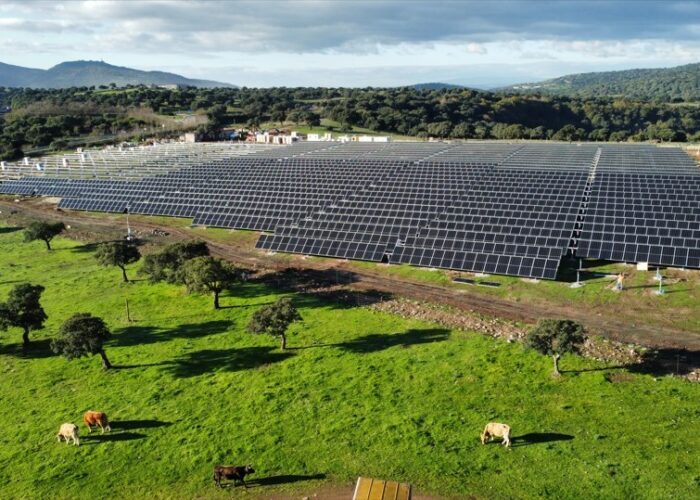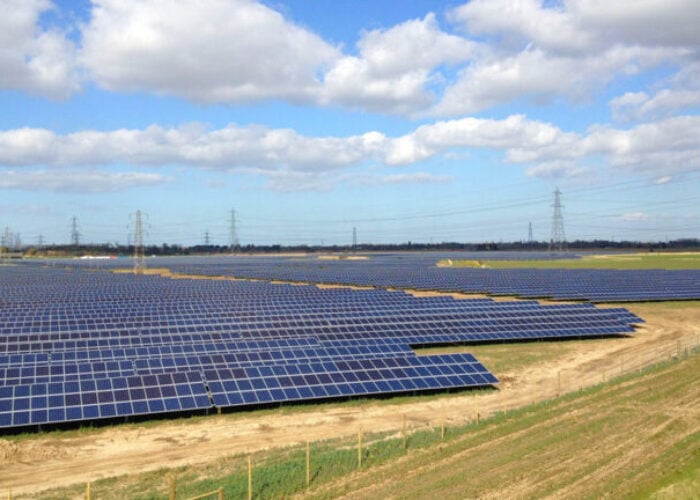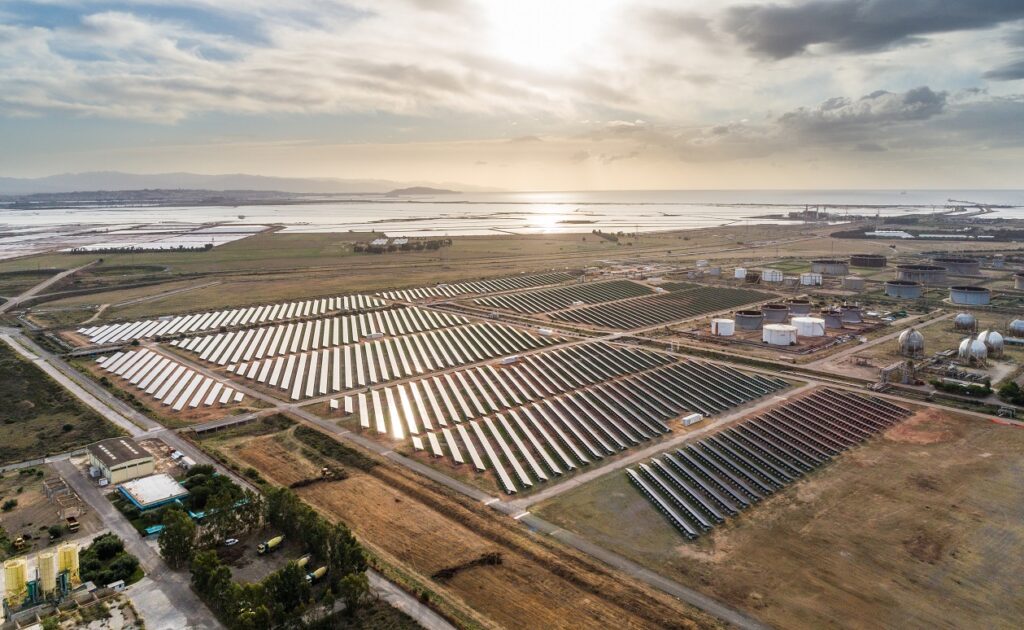
The Italian Ministry of Agriculture, Food Sovereignty and Forestry has adopted the new FER 2 decree, which will provide tariffs for a number of renewable power technologies, including floating solar and thermodynamic solar.
The initiative, which aims to deliver 4.6GW of new renewable power capacity by the end of 2028, is a €35.5 billion investment by the Italian government to encourage the development of new clean power generation in the country. Under the terms of the decree, developers can bid for favourable tariffs for new clean power projects, provided they meet a number of criteria, including technology type, total power generation capacity and proposed length of operation.
Unlock unlimited access for 12 whole months of distinctive global analysis
Photovoltaics International is now included.
- Regular insight and analysis of the industry’s biggest developments
- In-depth interviews with the industry’s leading figures
- Unlimited digital access to the PV Tech Power journal catalogue
- Unlimited digital access to the Photovoltaics International journal catalogue
- Access to more than 1,000 technical papers
- Discounts on Solar Media’s portfolio of events, in-person and virtual
The largest projects are likely to be wind—as developers will be able to bid for tariffs for offshore wind projects with a capacity as high as 3.8GW—there is potential for the country’s small-scale solar sector.
New floating offshore and inland PV projects, in addition to thermodynamic solar, are eligible for incentives under the scheme; offshore floating projects can receive tariffs as high as €105/MWh, while inland floating facilities can bid for tariffs as high as €90/MWh. These tariff caps are much higher for thermodynamic solar projects, which can be as high as €300/MWh.
Over the next four years, projects part of the initiative will see tariffs reduced annually by 3%, save for projects with a capacity of up to 300kW, where this reduction will only begin in 2026. The tariffs will be provided by state-owned company Gestore dei Servizi Energetici (GSE), which will adjust tariff prices if the difference between the tariffs due and the market price of the energy produced.
The news follows an uncertain few months for the Italian solar sector. In the first quarter of the year, utility-scale deployments in the country increased by a mammoth 373%, but this was followed by a ban on new agrivoltaics projects, that lawyer Ginevra Biadico told PV Tech Premium was “illogical”. These suggested that the Italian government was reframing its focus on large-scale solar deployments, and the passage of the FER 2 decree suggests that it is large-scale renewable facilities, across all technologies, that will see increased government support in the coming years.


